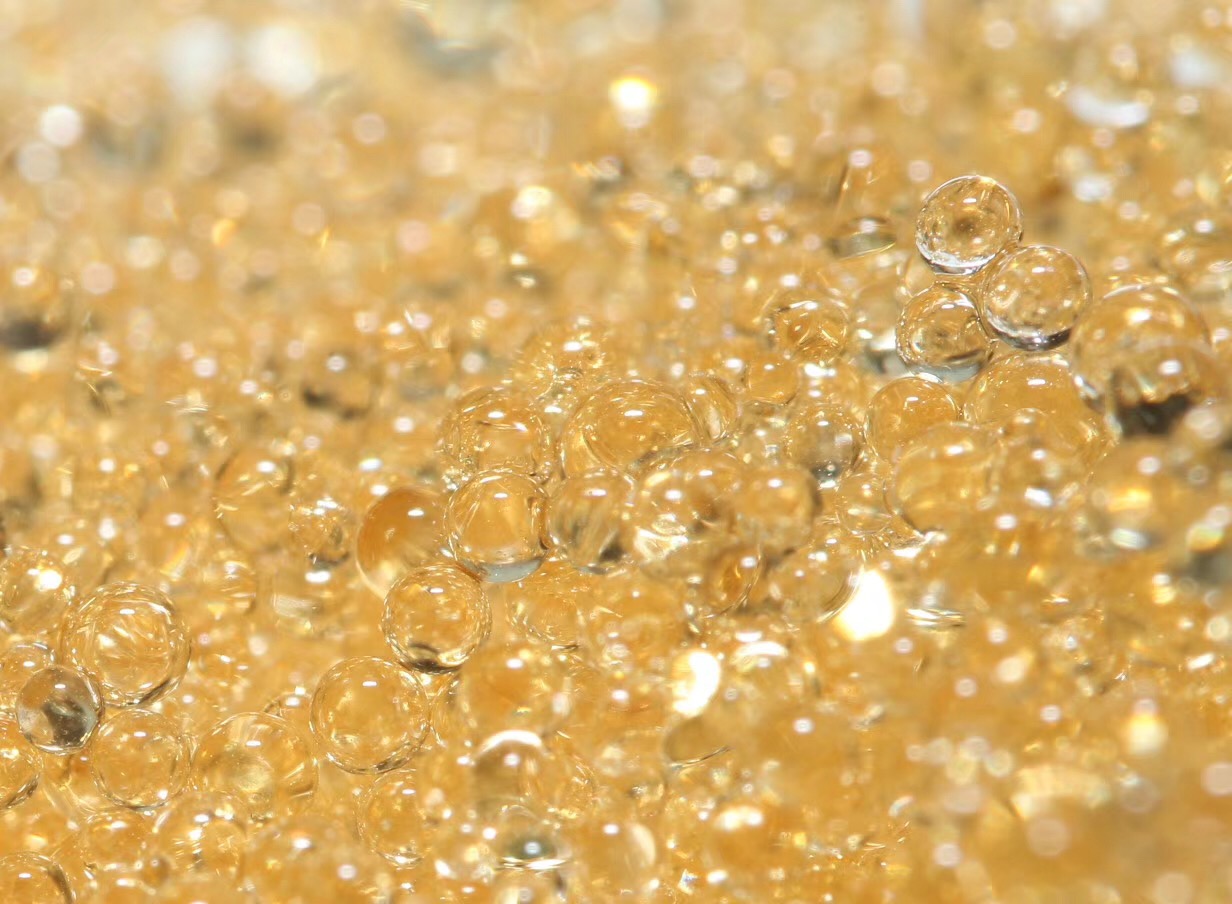成都森格尔环保科技有限公司
Chengdu senge environmental protection technology co.LTD
Consultation Hotline:02865357899
Production, Sales and Development of Ion Exchange Resin
成都森格尔环保科技有限公司
Chengdu senge environmental protection technology co.LTD
Consultation Hotline:02865357899
Production, Sales and Development of Ion Exchange Resin
Contact person: Manager Liu
Location: 028-65357899
Mobile phone: 15680686111
Mailbox: chengdu@sgrhb.com
Fax: 028-65357899
Email: chinaresin@sgrhb.com
Website: www.sgrhb.com
Website : en.sgrhb.com
Address: 79 Jiujin Street, Wuhou District, Chengdu City, Sichuan Province
The exchange principle of cation exchange resin is 2R-SO3H+Ca2+-(R-SO3)2Ca+2H+, which is also the principle of hard water softening. Most of them contain acid groups such as sulfonate (- SO3H), carboxyl (- COOH) or phenol (- C6H4OH), in which hydrogen ions can be exchanged with metal ions or other cations in solution. For example, the polymers of styrene and divinylbenzene are sulfonated to form strong acidic cation exchange resin. Its structure can be simply expressed as R-SO3H, in which R represents the resin matrix.
In the use of cation exchange resins, it is necessary to prevent contact with metal (such as iron, copper, etc.) oil pollution, organic molecular microorganisms, strong oxidizers, etc., so as not to reduce the ion exchange capacity or even lose its function. Therefore, it is necessary to activate the resins irregularly according to the situation. The activation method can be determined according to the pollution situation and conditions. Generally, the cationic resins are vulnerable to Fe pollution in softening process. Hydrochloric acid immersion, then gradually dilution, anion resin vulnerable to organic pollution, can be 10% NaC1 + 2-5% NaOH mixed solution immersion or elution, if necessary, 1% hydrogen peroxide solution bubble for several minutes, other alternative acid-base treatment, bleaching treatment, alcohol treatment and various sterilization methods.

Sichuan cation exchange resin in winter storage and transportation should be maintained in the temperature environment of 5-40 C, to avoid supercooling or overheating, affecting quality. If there is no thermal insulation equipment in winter, ion exchange resin can be stored in salt water, salt water concentration can be determined according to temperature.
The industrial products of cation exchange resins often contain a small amount of oligomers and monomers that do not participate in the reaction, as well as inorganic impurities such as iron, lead and copper. When the resin is in contact with water, acid, alkali or other solutions, the above substances will be transferred into the solution, affecting the quality of the effluent. Therefore, the new resin must be pretreated before use. In general, the resin is expanded by water, then the inorganic impurities (mainly iron compounds) can be removed by 4-5% dilute hydrochloric acid, and the organic impurities can be removed by 2-4% dilute sodium hydroxide solution and washed to near neutral.
Chengdu Senger Environmental Technology Co., Ltd.
Record No: 蜀ICP备19000327号
Powered by Xiangyun Platform
Contact person: Manager Liu
Location: 028-65357899
Mobile phone: 15680686111
Email: chinaresin@sgrhb.com

